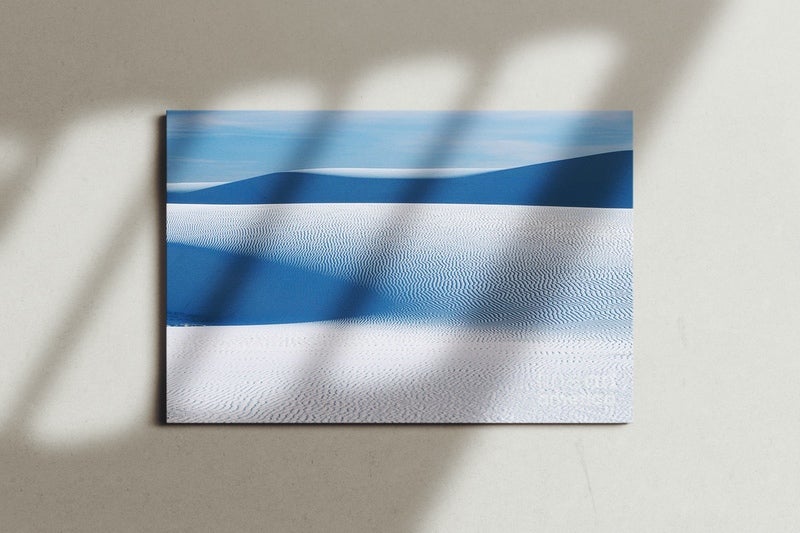How to sell your photos online, according to a pro
From fine art prints to stock photos, follow these six simple strategies.

In 2009, Sarah Christianson had just graduated with an MFA in photography. She wanted to be a professional artist but didn’t have the backing of a gallery.
Inspired by a friend, Christianson launched an online store. Today, she sells her photography prints, photo books, zines, and Zoom workshops through her website. And while the prospect of selling your work online can be daunting, she says the most crucial step is simply committing to doing it.
“You don’t have to do it big or grand or have all of your inventory online,” she says. “Start small. Putting your signpost out there in the digital space and putting anything up for sale will be a big step in the process.”
Whether you want to do everything yourself or prefer to outsource logistics, there are plenty of ways to sell your photography work online.
Here are Christianson’s best tips on running a successful online photography print business.
Find the right platform
“People need to figure out how hands-on—or not—they want to be,” says Christianson. She prints her work, manages inventory and shipping, and handles all customer service requests. But if that sounds too daunting, she recommends finding a company that will sell, print, and ship automatically for you. A site like Fine Art America takes the guesswork out of selling, so you can focus on creating great work.
Price it right
Find out what similar artists at your same level or timeline in your career charge, advises Christianson. “Look for someone that has the same trajectory as you,” she says. And then, find more experienced artists so you can map out where you want to end up, price-wise. She recommends joining organizations like the Society for Photographic Education and other professional photographer networks for support and advice, so you’re not alone. For example, a friend and curator took Christianson aside and told her that she needed to raise her prices.
You can start your research by browsing the work (and price sheets) of millions of independent artists at Fine Art America.
Consider limiting your editions
There are two schools of thought regarding figuring out how many prints you should sell of a particular image. If you run a small edition of six or fewer, you can generally charge higher prices, says Christianson. But if you run editions of 20 or more, you can charge less.
“Having a higher price could attract a more serious collector,” she says. “But at a lower price you might sell more. And a lower price might be more attractive for instant gratification, that ‘I gotta have this, give it to me now’ feeling.”
Since Christianson prints, ships and stores her work herself, she keeps her editions small. “You need to decide for yourself where you would like to position yourself,” she says.
Use social media to boost sales
When it comes to marketing, Christianson says social media has the biggest impact on sales. Plus, it feels like a more natural place to self-promote. She posts about new exhibitions she’s in, photo book sales, workshops, or the launch of her new zine. “It’s a fine balance,” she admits. “But I’ve noticed that when I post about a project, people will see it, buy it, and then share it on their accounts. It’s so fun to see people posting about my work—and to see sales track back to social media traffic.”
Get creative with promotions
Christianson is inspired by other photographers to try new ways to sell her work—and expand her reach. Like her peer Jordanna Kalman, you might find running seasonal sales of your work (like a “Summer Special”) can help you find new collectors.
Photographer Carl Corey offers a “One Print for One Month for One Hundred Dollars,” subscription service, a model that Christianson has also piloted. And don’t be afraid to inject your own personality into it: Eric William Carroll created the cheeky Eric William Carroll Fan Club and uses funny videos and a 1980s aesthetics to drum up sales.
Make it personal
With every online purchase, Christianson takes the time to write a personal note to each customer. She recalls thanking one collector and telling him that his purchase goes toward supporting the continuation of her work.
“I told him that I’m working odd jobs, and because of his purchase, now I can make more work,” she recalls. “That floored him. He had never considered where the money was going before, since he normally bought through galleries and dealers. And that working with an artist like me directly reinvigorated his collecting.”